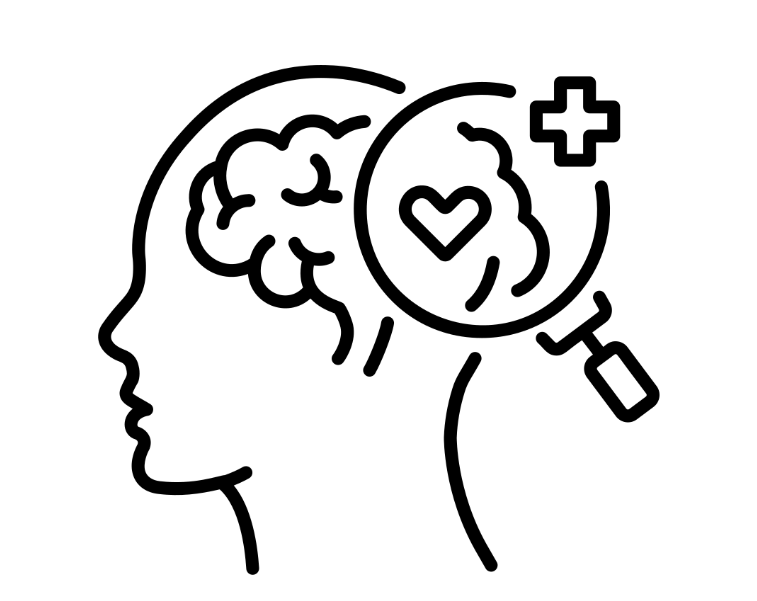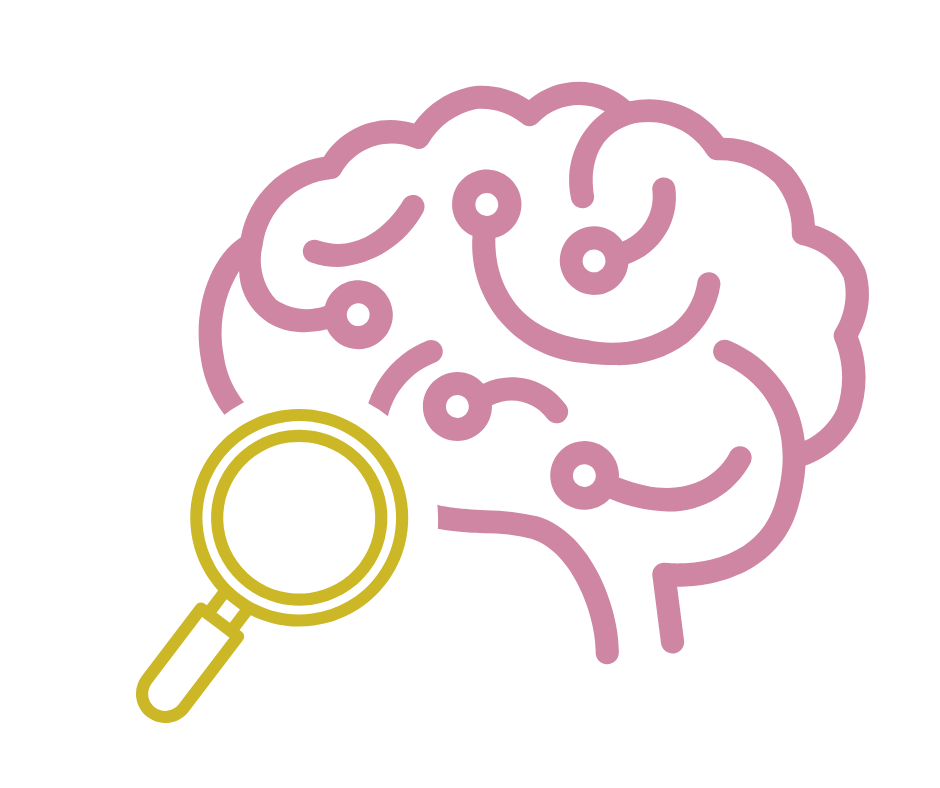
What are the cognitive and communication problems that result from traumatic brain injury?
Cognitive and communication problems that result from traumatic brain injury vary from person to person. These problems depend on many factors, including an individual's personality, pre-injury abilities, and the severity of the brain damage.
The effects are generally greatest immediately following the injury, though some symptoms can be misleading at first.
The newly injured brain often suffers temporary damage from swelling and a form of “bruising” called contusions.
These types of damage are usually not permanent, and functions may return once the swelling or bruising subsides. It’s therefore difficult to predict the long-term outcome during the first few weeks.
Focal damage, however, may result in long-term, permanent difficulties. Improvements can happen as other areas of the brain compensate for damaged ones.
Children's brains are more flexible than adults', which can lead to better recovery. However, some damage may only become apparent later in life when certain skills don’t develop as expected.
In moderate to severe cases, swelling can impact the brainstem—which controls consciousness—leading to a coma. A person in a coma may be completely unresponsive, or show minimal reactions without awareness. Some recover, regaining alertness and the ability to communicate.
When conscious, common issues include difficulty concentrating, organizing thoughts, and remembering. Many individuals struggle with social cues or decision making, and their judgment may be impaired.
Language problems may include word-finding issues, poor sentence structure, or long, inaccurate explanations. For example, someone might describe a belt as “the circular cow thing I used yesterday.”
They may not understand jokes, sarcasm, or figurative language like “Take a flying leap.” This can lead to frustration and misplaced blame during conversations.
Reading, writing, and math are often more impaired than speaking or understanding spoken words.
If muscle control areas are damaged, speech may become slow, slurred, or difficult to understand. This condition is called dysarthria.
Some individuals also have dysphagia—difficulty swallowing.
Others may experience apraxia of speech, where they can’t consistently pronounce words correctly despite having normal muscle strength. For instance, someone may struggle to say “tomorrow” in isolation but say it fine in a sentence.

How are the cognitive and communication problems assessed?
Assessment is an ongoing process involving various professionals.
Immediately after the injury, a neurologist or other physician may conduct informal evaluations of attention, memory, and language ability.
After stabilization, a speech-language pathologist evaluates communication skills, and a neuropsychologist assesses cognitive and behavioral function.
Occupational therapists assess practical cognitive skills, while audiologists test for hearing loss. Frequent re-assessments help track progress and update treatment plans.

What research is being done for the cognitive and communication problems caused by traumatic brain injury?
Researchers are exploring many aspects of speech, language, and cognitive challenges after traumatic brain injury.
There is special focus on children’s recovery, as their brains differ significantly from adults'. New therapies—like custom software programs—are being developed for this group.
Studies are also investigating the role of medications in improving language and cognition post-injury.